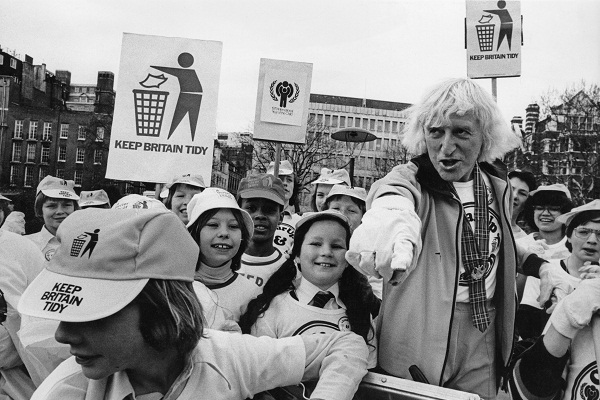‘The line dividing good from evil cuts through the heart of every human being… This line is not static within us; it sways to and fro over the years. Even in a heart imbued with evil, it allows a small bridgehead of good to remain. And it permits a small niche of evil to survive even in the kindest of hearts.’
These words were written by Alexander Solzhenitsyn, seeking to explain why The Gulag Archipelago was necessarily ambiguous. But they also fit elements of the Savile scandal, which is being prejudged in increasingly black and white terms.
Charles Moore’s observation that this grim affair is a ‘dreadful warning’ about the perils of fame is compelling: ‘when you are up, no criticism, when you are down (and dead), no mercy.’ Yet there is also a warning here about the perils of creating Frankenstein. Matthew d’Ancona’s Evening Standard column yesterday pointed out that Jimmy Savile’s ‘mad artistry’ was to hide in the arc lights of television cameras at the BBC. Indeed, Savile was allowed to hide in plain sight thanks to the “selective attention” (Newspeak if ever there was) of some at the BBC and elsewhere.
Sir Jimmy Savile’s sins appear to be manifold and serious; and the elites that created him, both as national treasure and indemnified pervert, are culpable and must be exposed. This can only be achieved by a full judicial inquiry because trial by media, with its tempestuous stories ranging from bland exploitation to titillating necrophilia, is moving into the black territory of an Evelyn Waugh farce, complete with Waugh’s eye for absurd light relief: Savile is today accused of having completed the London Marathon with the help of a car.
There is nothing so unedifying as the British media in one of its periodical fits of self-obsession, and the public invariably ignores them. This is different because Savile’s alleged victims are being trivialised: “Establishment cover-up! Paedo Savile drove Marathon!” Nuanced fact and the whole picture are obscured as relevant matters are insufficiently explored, notably Savile’s motivation for working with the vulnerable. The possibility of some goodness within him appears to have been interred with the bones in his unmarked grave.
A prejudicial approach is unsatisfactory and perhaps outright callous in an instance this serious. The victims and the public deserve to know why those with supposedly kind hearts allowed evil to prosper. And they also need to know if there was a bridgehead of good in someone who otherwise seems to have been bad.






Comments